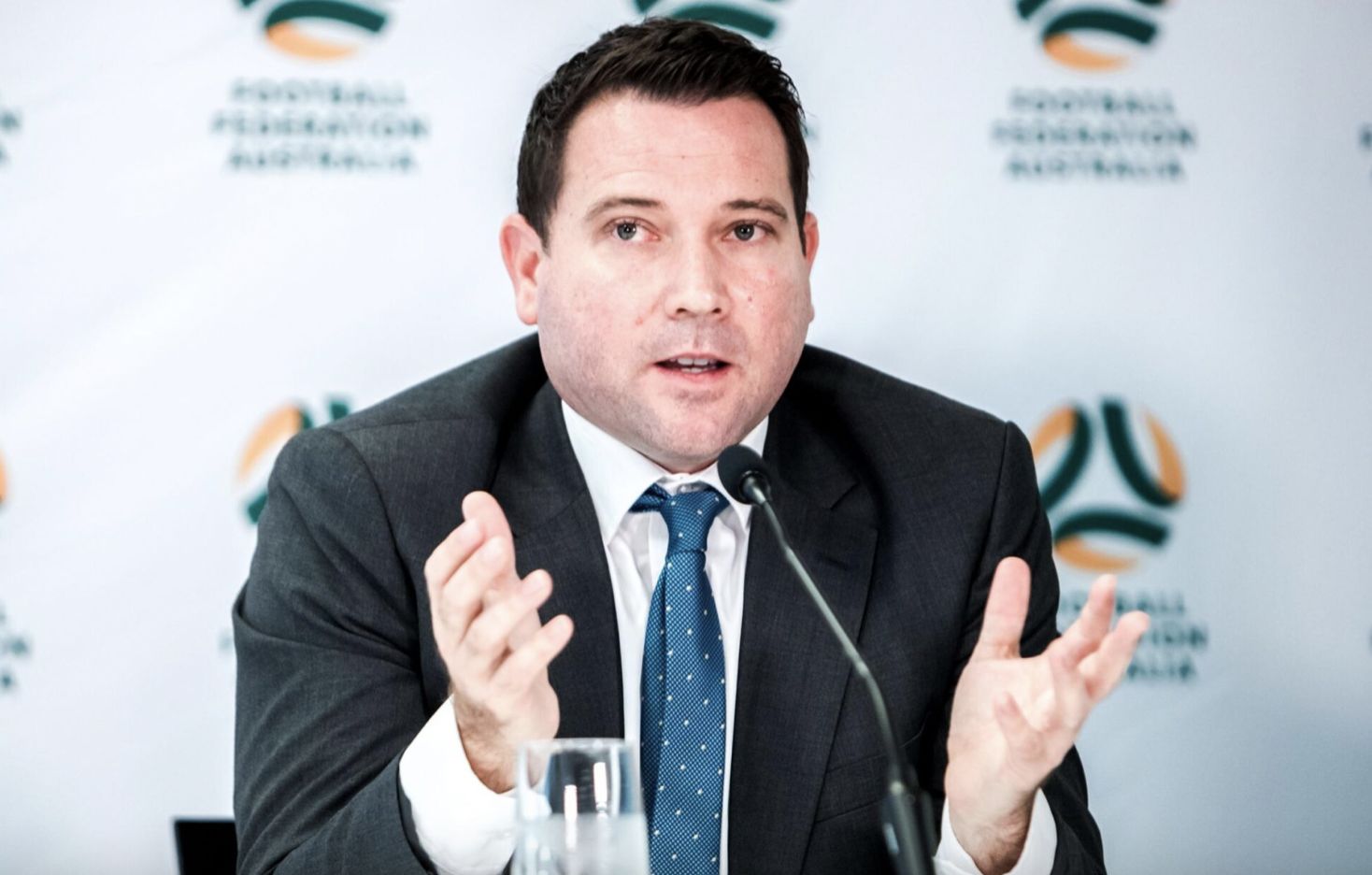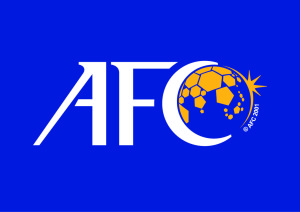By Paul Nicholson
August 23 – Football Australia chief executive James Johnson, speaking at the conclusion of the Women’s World Cup co-hosted with neighbours New Zealand, said that the event over the past month has “demonstrated a concrete, real, legacy for the women’s game in Australia, New Zealand and around the world. The women’s game has changed.”
The 2023 World Cup looks like being the watershed moment for the Women’s game where it turned from being just another FIFA event into a commercial pillar for the world governing body.
FIFA has said that it has made $570 million from the 2023 finals, enough to breakeven.
Johnson (pictured) made the point that it wasn’t just about the money but was also about the perception of the women’s game and the change in sporting culture that it has brought, using his own country as an example.
“We are proud of the Matildas and proud of the impact this World Cup has had on changing the game,” said Johnson.
“Matildas mania has been bandied around and I think it is here to stay…It is not just around the football community but the Matlidas have brought the nation together,” he continued.
“Boys walking around with Matlidas shirts with the names of Sam Kerr and Caitlin Foord on their backs. The game was already booming over here but this has taken it to new heights.”
The impact of the tournament for both the women’s game and the host countries has an impressive underlying set of numbers.
“World Cup has seen a 33% growth in audience from 2019. The TV audience worldwide will hit the 2 billion mark. We have sold nearly 2 million tickets. On every objective measurement we have broken records,” said Johnson.
When planning the tournament the Australians put emphasis on building legacy for the game in the country.
“We have A$365 million in legacy funding which will be used to improve community infrastructure and create participation opportunities,” said Johnson. “It will also provide increased value for the Australian broadcast cycle.” The federation is about to start negotiation with domestic broadcasters for its national teams.
Australian ambition doesn’t stop there and having had a big taste of hosting football on the global stage the Aussies want more.
“We have ambition to host more events in the future. We are bidding for the Women’s Asian Cup in 2026 which is our immediate focus, and exploring and looking at a potential bid for the 2029 Club World Cup and 2034 Men’s World Cup,” said Johnson.
“Bidding off the back of best ever Women’s World Cup, we believe we can deliver the best ever Women’s Asian Cup and think people will come out and support it.”
Australia famously bid for the 2022 World Cup and failed spectacularly. Post that bid Australian media criticised government and the football association mercilessly. How much appetite is there from government to bid again for the greatest show on earth?
“In 2010 we only received one vote but for Women’s World Cup 2023 we received 65% of the vote in what was a transparent process. Any new bid (for the men’s World Cup) is under a system with different regulations, a different administration and after the experience of the WWC2023 there is more confidence about going again,” said Johnson.
Sarah Walsh, Football Australia’s Head of Women’s Football and Legacy, emphasised that not only has the Women’s World Cup exceeded all expectations but “it has
reshaped the sporting industry in Australia and reshaped the way sport is consumed by Australians.”
“Legacy has been a big part of our business strategy and the Matildas have been at the heart of it both with performance on the pitch and with a strategy off the pitch. Going into the World Cup we played every top 10 nation in the world – we have never done anything like that before,” said Walsh.
“A lot of the strategy focuses on community facilities. 42% of our community facilities are not seen as suitable for women and girls. We need to improve infrastructure to keep developing our young talent… we have shaken things up from when we started this 10 years ago.”
Commercially the next step for the Australians is the negotiation of a bigger and better TV deal. Within the domestic broadcast football has some heavyweight competitors in the form of the NRL (Rugby League) and the AFL (Aussie Rules football). Johnson and Walsh both make the point that following the World Cup the landscape and perception has changed.
“Competing for broadcast rights fees with NRL and AFL is very different. NRL and AFL have matches every week. What we are coming to market with is less content but we have the two top sporting brands in the country. National teams against local teams,” said Johnson.
It is a big point and one that is unlikely to be lost on broadcasters. The Matildas and the Socceroos are the two strongest sporting teams in the Australian market where traditionally TV money has been spent on domestic leagues that communicate for the most part to local audiences.
The men’s and women’s national football teams are delivering a unified Australian market under a common support.
“We want to reach as many Australians as possible. The match against the Lionesses had an 11 million reach and an average audience of 7 million. This is not just the biggest audience for a sports event but the biggest audience for any programme ever seen in Australia,” said Johnson.
While the sport is now delivering audiences nationally, it has for some time been putting players on pitches.
“In terms of participation we have historically been the biggest participant club sport in the country and we are still growing. The biggest growth corridor is in the women’s and girls space. We have 26% of the market and think we can grow that,” said Johnson.
“We are expecting a 20% increase in women’s participation following the world cup… We want to get to the point where we have as many girls playing as boys which means an additional 400,000 girl participants across the sport.”
“Sport in Australia looks different now than it did before the Women’s World Cup,” said Walsh.
Contact the writer of this story at moc.l1751969566labto1751969566ofdlr1751969566owedi1751969566sni@n1751969566osloh1751969566cin.l1751969566uap1751969566


